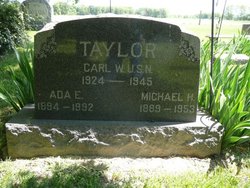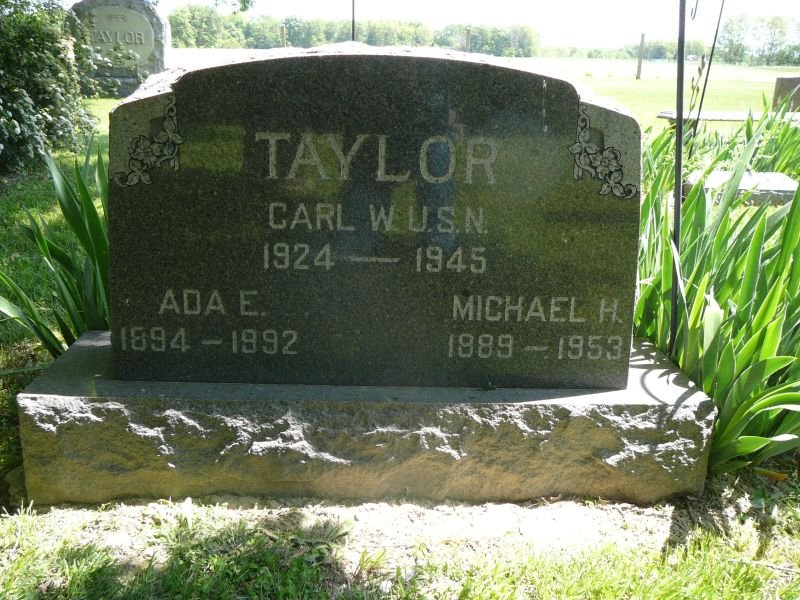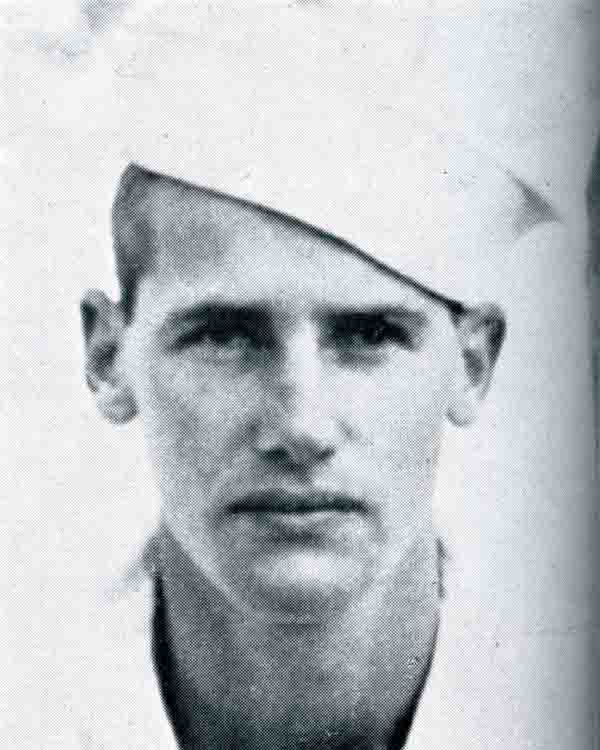---
HISTORY:
The Battle of Okinawa, code-named, "Operation Iceberg", was fought on the "Ryukyu Island" of Okinawa and was the largest amphibious assault in the Pacific War. The 82-day-long battle lasted from early April until mid-June, 1945. The battle has been referred to as the "Typhoon of Steel" in English, and "tetsu no ame" (rain of steel) or "tetsu no bôfû" (violent wind of steel) in Japanese. The nicknames refer to the ferocity of the fighting, the intensity of gunfire involved, and to the sheer numbers of Allied ships and armored vehicles that assaulted the island. The battle resulted in one of the highest number of casualties of any World War II engagement. Japan lost over 100,000 troops, and the Allies suffered more than 50,000 casualties. Simultaneously, more than 100,000 civilians (12,000 in action) were killed, wounded, or committed suicide. Approximately one-quarter of the civilian population died due to the invasion. Five divisions of the U.S. Tenth Army, the 7th, 27th, 77th, 81st, and 96th, and two Marine Divisions, the 1st and 6th, fought on the island while the 2nd Marine Division remained as an amphibious reserve and was never brought ashore. The invasion was supported by naval, amphibious, and tactical air forces. The main objective of the operation was to seize a large island only 340 miles away from mainland Japan. After a long campaign of island hopping, the Allies were approaching Japan, and planned to use Okinawa as a base for air operations on the planned invasion of Japanese mainland, coded Operation Downfall. The atomic bombings of Hiroshima and Nagasaki and Soviet entry into the war caused Japan to surrender just weeks after the end of the fighting at Okinawa.
---
U.S. losses were over 62,000 casualties of whom over 40,000 were killed or missing. This made the battle the bloodiest that U.S. forces experienced in the Pacific war.
---
Photo of stone, at right (is that of his parents, with a "memorial" to their son). That stone is located in the "Persinger" Cemetery, Schuyler Co IL.
IMPORTANT: see also FAG #87983045
---
HISTORY:
The Battle of Okinawa, code-named, "Operation Iceberg", was fought on the "Ryukyu Island" of Okinawa and was the largest amphibious assault in the Pacific War. The 82-day-long battle lasted from early April until mid-June, 1945. The battle has been referred to as the "Typhoon of Steel" in English, and "tetsu no ame" (rain of steel) or "tetsu no bôfû" (violent wind of steel) in Japanese. The nicknames refer to the ferocity of the fighting, the intensity of gunfire involved, and to the sheer numbers of Allied ships and armored vehicles that assaulted the island. The battle resulted in one of the highest number of casualties of any World War II engagement. Japan lost over 100,000 troops, and the Allies suffered more than 50,000 casualties. Simultaneously, more than 100,000 civilians (12,000 in action) were killed, wounded, or committed suicide. Approximately one-quarter of the civilian population died due to the invasion. Five divisions of the U.S. Tenth Army, the 7th, 27th, 77th, 81st, and 96th, and two Marine Divisions, the 1st and 6th, fought on the island while the 2nd Marine Division remained as an amphibious reserve and was never brought ashore. The invasion was supported by naval, amphibious, and tactical air forces. The main objective of the operation was to seize a large island only 340 miles away from mainland Japan. After a long campaign of island hopping, the Allies were approaching Japan, and planned to use Okinawa as a base for air operations on the planned invasion of Japanese mainland, coded Operation Downfall. The atomic bombings of Hiroshima and Nagasaki and Soviet entry into the war caused Japan to surrender just weeks after the end of the fighting at Okinawa.
---
U.S. losses were over 62,000 casualties of whom over 40,000 were killed or missing. This made the battle the bloodiest that U.S. forces experienced in the Pacific war.
---
Photo of stone, at right (is that of his parents, with a "memorial" to their son). That stone is located in the "Persinger" Cemetery, Schuyler Co IL.
IMPORTANT: see also FAG #87983045
Inscription
AOM3C, US NAVY WORLD WAR II
Family Members
Sponsored by Ancestry
Advertisement
Explore more
Sponsored by Ancestry
Advertisement








